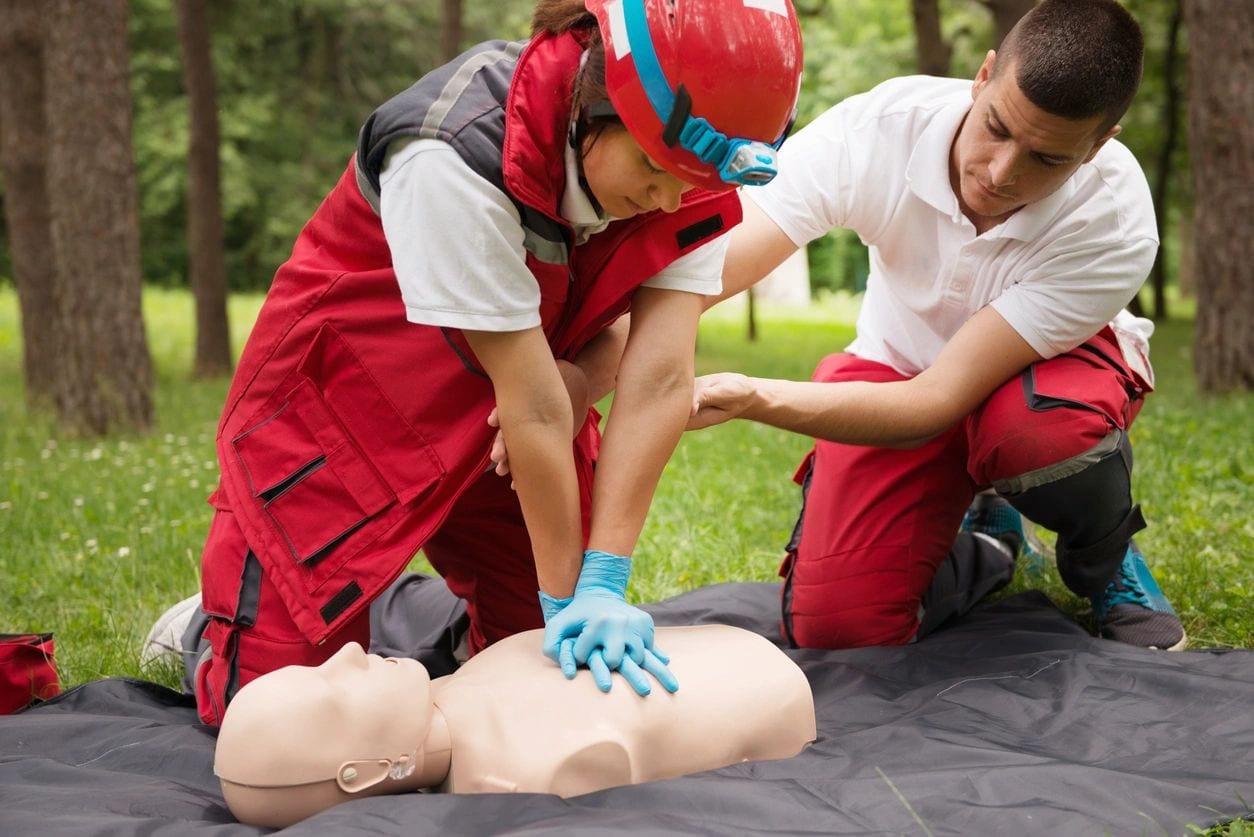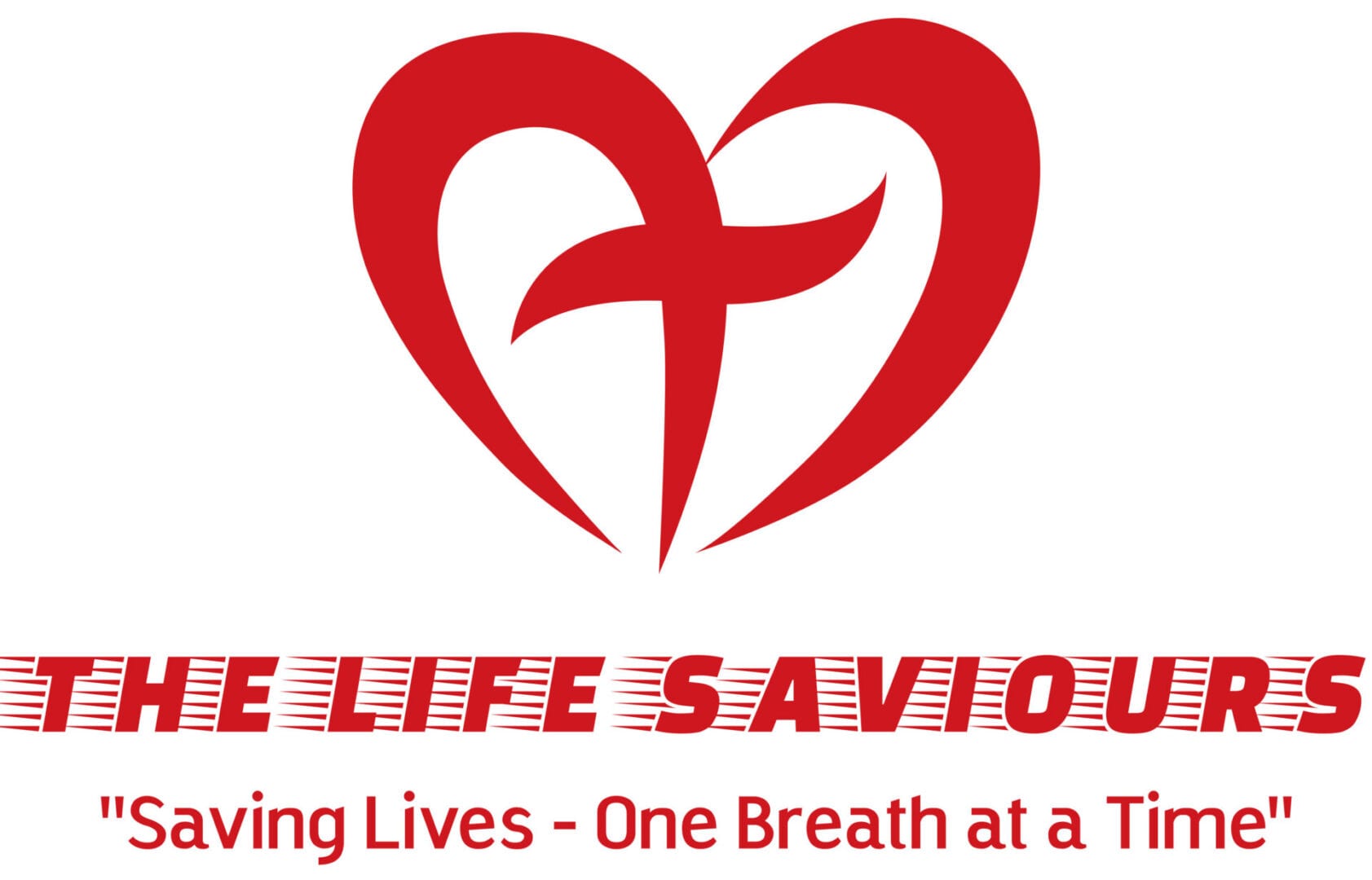FAQ
YOU HAVE QUESTIONS? WELL, WE HAVE ANSWERS!
IF YOU CAN'T FIND IT HERE, CONTACT US!!
[email protected]
Frequently Asked Questions
Unfortunately, we can only allow registered students and authorized personnel. Please make other arrangements for child/infant/pet care during your scheduled in class time. Your art taking an intense life-saving course and/or practice/skills test session. Thank you for your anticipated cooperation.
You will receive a Certification/Completion Card via email. All CPR/AED, First Aid and BLS cards are valid for 2-years.
Call: The American Red Cross +
Training/Certification Issues: 1 800 RED CROSS > prompt “Training & Certification”
Mon. – Fri. 8:00 – 6:00 Eastern Standard Time
Call: The American Heart Association 1 (888) 277-5463 Mon. – Fri. 8:00 – 6:00 Central Time.
You must register for the Hands-on Practice / Skills Test session. Once registered print the COMPLETION/ACKNOWLEDGEMENT form and bring it to your Hands-on Practice / Skills Test session.
Yes, as long it is at least 48 hours in advance! There is, a $15 fee each time you reschedule a class. Simply go to our website www.TheLifeSaviours.com and click on REGISTER. Review our class schedule and chose the date and time which works best for you. Then click on RE-SCHEDULE CLASS $15, complete the form, and submit. We will reschedule you sending you another email confirmation.
This must be done at least 48 hours prior to the date / time of the original class you registered for, and you must email that you are cancelling and will not be attending the class. [email protected]
Email The Life Saviours at [email protected] or call Drew at 833-273-9466 We will try to arrange to have one of our instructors do a private Skills Test session for you.
There is a $75 up charge, in addition to the standard BLS Skills test fee.
100% of this fee is for the instructor and it is paid directly to the instructor at the time of the skills test. Cash only.
Yes! You will have access to the Online course material. Some Courses require an additional fee for course material if you do not have it.
Yes! They provide the same information. You decide what is best for you.
Yes! Whether you chose Online Blended Learning or Classroom for your instruction, you will be issued a Certification/Completion card electronically with a 2-year expiration.
The Life Saviours have a NO refund policy. Please be sure that improving and saving lives is what you want to do before submitting your registration. We do not refund.
We have several centers throughout the Northeastern section of the United States.
Our home office:
5808 Allender Road
White Marsh, MD 21162
TYPICAL QUESTION BY POTENTIAL STUDENTS:
(per AHA website)
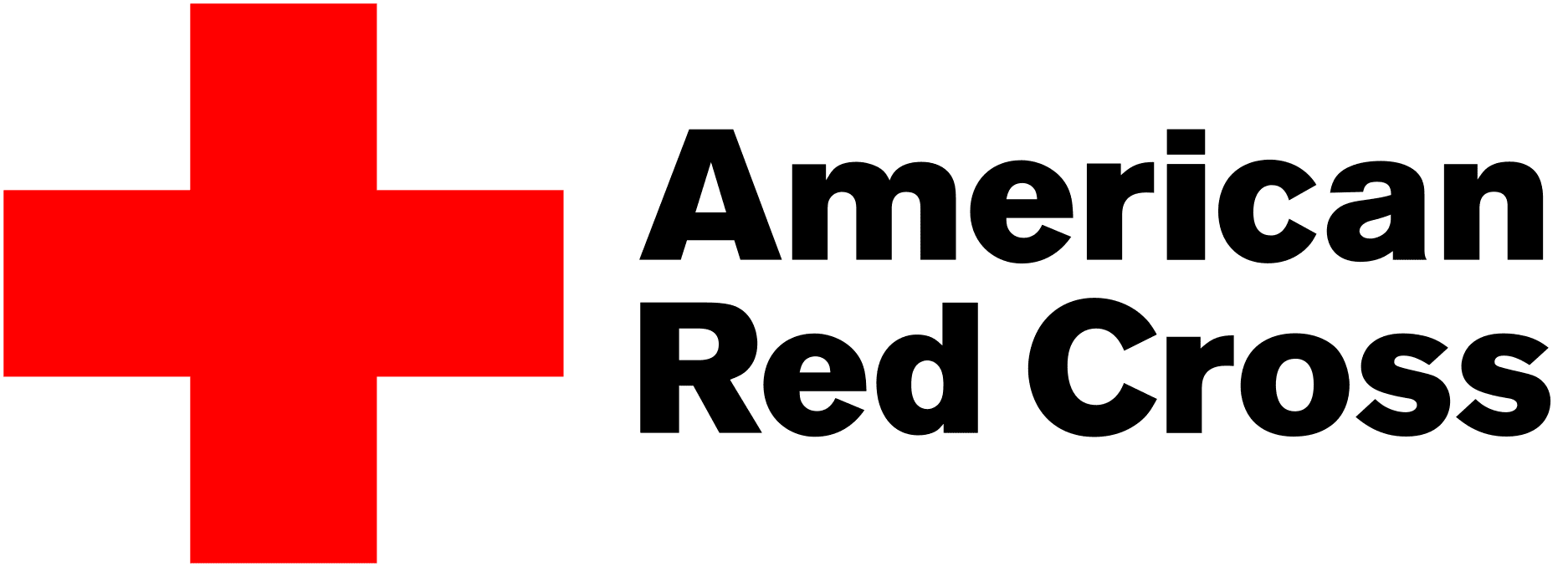
Digital Certificates
You will receive an email containing a link to your digital certificate once your instructor enters his or her class roster and has confirmed the basic class and participant information in the Red Cross Learning Center. Only participants with valid email addresses will receive an email. Participants who do not receive an email from the Red Cross can go to redcross.org/get certificate to obtain their digital certificate.
Each digital certificate has its unique ID and QR code, making it easy to confirm that your employee’s certificate is valid and authentic. The codes ensure that your employees have learned their lifesaving skills from the American Red Cross, training you can trust. Employers can enter the unique alpha-numeric number at redcross.org/confirm or scan the QR Code on the certificate.
QR (Quick Response) Code is a special type of barcode that provides information when scanned by a smartphone. After downloading a free scanning app for your phone, you can scan the QR Code on the digital certificate and be directed to a website where the certification can be verified. You can also access the same information by going to redcross.org/confirm.
Participants can print digital certificates in a wallet-card format cut from a printed page using a regular 8½” x 11” sheet of white paper, card stock, or standard business card cardstock. If you cannot print or do not want to print your card, you can request a printed certificate by calling 1-800-RED CROSS (1 (800) 733-2767). A $7.95 shipping and handling fee is charged for each printed certificate request.
If the class was taken within the past two years, a digital certificate is available. You can go to redcross.org/get certificate and enter basic information (first name, last name, zip code of the training location, and the last day of the class). You will then have the option to view, print, or share their digital certificate. Make sure to determine that the validity of the certificate has not expired.
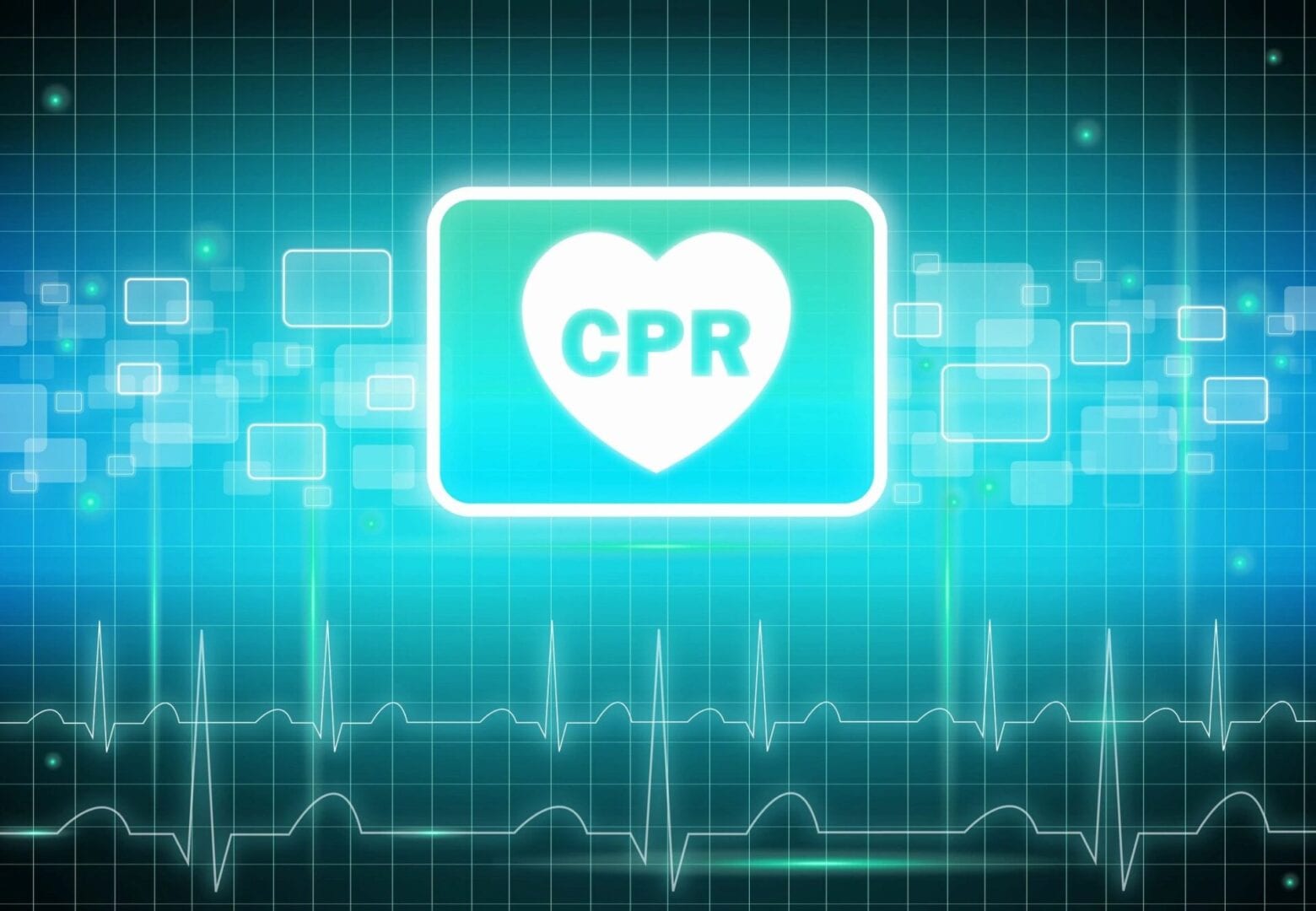
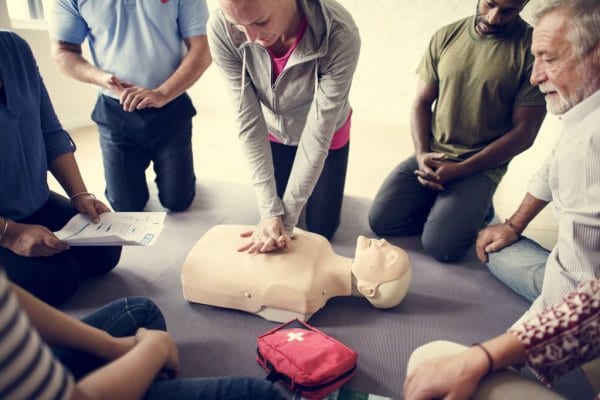
Taking a Class
The American Red Cross offers CEUs for a wide variety of preparedness and health and safety courses. Once training has been completed, continuing education units may be obtained online. Ensuring that the appropriate accrediting organization that CEUs received from taking Red Cross courses will be accepted.
If you took an American Red Cross course and need a replacement certificate, call 1-800-RED CROSS (1 (800) 733-2767), and select the prompt for "Health and Safety Training" for assistance. To help process your request, please have the following information available when you call: location, date, where you took the course instructor's name, and your name. Most Red Cross certifications, including First Aid/CPR/AED, CPR/AED for Professional Rescuers and Health Care Providers, and Lifeguarding, are valid for two years from the course completion date. If more than two years have passed, you will need to take another class to get recertified.
For most Red Cross courses, you can take a Review or Challenge course to renew your certification. A Review course consists of an overview of the material in the program, followed by a test. A Challenge course is a testing session only, and there is no review or teaching component. Find a Review or Challenge course near you.
Contact our Training Support Center at 1-800-RED CROSS (1 (800) 733-2767) and select the prompt for "Health and Safety Training" to arrange first aid and/or CPR training for your employees. The Red Cross offers various training programs for your workplace, including classroom, online and blended learning options. Training can take place at your location or at one of our regularly scheduled community classes.
If you would like to learn more about becoming an instructor or ready to get started, contact the Training Support Center at 1-800-RED CROSS (and select the prompt for “Health and Safety Training” or email [email protected]. Instructors who teach non-Red Cross programs may qualify for a quick bridging process. To find out, contact the Training Support Center.
You need to be at least 15 years old by the last day of the Red Cross Lifeguarding class you are taking.
Participants must be 11 years of age by the last day of the course you are taking to receive an American Red Cross Babysitter's Training certificate. This age was selected as most states require children to be 11 before leaving alone for short periods without adult supervision. However, local or state regulating agencies may have different age requirements to be able to babysit. Check with your local child welfare, child protective services, health department, and or police. You may receive different answers, so ask for a written copy of the statutes and or regulations that pertain to your location.
American Heart Association - (per AHA website)
The AHA does not mandate a minimum age requirement for learning CPR. The ability to perform CPR is based more on body strength than age. Studies have shown that children as young as nine years old can learn and retain CPR skills. Please speak with an AHA Instructor or Training Center if you have any concerns. Find an AHA Training Center near you.
The science in the official AHA Guidelines for CPR and ECC shows that victims have a greater chance of survival from cardiac arrest when high-quality CPR includes the use of an AED.
Family & Friends® CPR provides basic CPR training in a dynamic group environment using the research-proven practice-while-watching method. Find an AHA Training Center near you. You may also be interested in learning basic CPR skills using the AHA’s CPR Anytime kit, which you can share with family, friends, and loved ones.
Heartsaver® CPR AED is probably best for you. The AHA offers this course in both AHA Training Centers, offering Heartsaver classes and hands-on skills sessions for blended learning courses.
Our Heartsaver Courses are for anyone with limited or no medical training. Students who need a course completion card for job, regulatory or other requirements. While these courses are designed to meet OSHA requirements, OSHA does not review or approve any compliance courses.
First responders or professional rescuers generally include fire, police, and emergency medical personnel. These types of prehospital professionals usually need to complete a Basic Life Support (BLS) course. Check with your employer or licensing authority and learn more about our BLS course options.
The AHA’s Heartsaver Pediatric First Aid CPR AED Course is designed to meet childcare workers' regulatory requirements in all 50 United States. The AHA offers this course in both blended learning and classroom-based formats. Find an AHA Training Center near you offering Heartsaver Pediatric First Aid CPR AED classes and hands-on skills sessions for blended learning courses.
For American Heart Association courses that include psychomotor skills such as CPR, students must complete a hands-on skills session to obtain an AHA course completion card. With AHA blended learning, students will practice and test skills to ensure competency during the hands-on skills session. The AHA offers a variety of blended learning and eLearning courses. Visit ShopCPR.Heart.org to learn more.
For blended learning courses, a student completes part of the course in a self-directed manner online, followed by a hands-on skills session in person with an AHA Instructor or using a Voice Assisted Manikin (VAM) where available. AHA eLearning courses are fully self-directed and do not require a separate hands-on skills session.
The cost for hands-on sessions is determined by the AHA Training Center offering the session. Training Centers will be able to answer your questions about availability and fees.
No, first aid is not included in the AHA’s BLS courses. The AHA offers various courses that will prepare you to respond to a first aid emergency, including.
Find an AHA Training Center near you, offering first aid courses and hands-on skills sessions for blended learning courses.
No, BLS is not included in AHA’s ACLS courses. However, it is expected that healthcare providers taking an ACLS course come to class already proficient in BLS skills. However, the AHA has provided its Training Centers with sample agendas that allow BLS skills to be incorporated into advanced courses. Check with your Training Center about this option. View our courses or Find an AHA Training Center near you.
Students in ACLS courses are not required by the AHA to have a current BLS Provider card, but they are expected to be proficient in BLS skills. Training Centers may require students to have a current BLS Provider card. Find an AHA Training Center near you.
In CPR and first aid training,
- An infant is younger than one year.
- A child is older than one year and has not reached puberty.
- An adult is anyone who has gone through or is going through puberty.
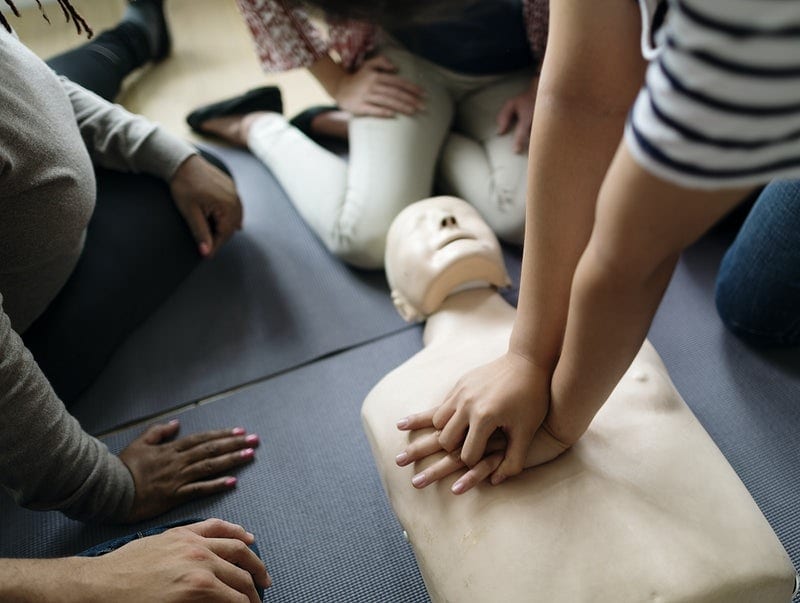
Training Class
AHA Training Centers are independent businesses that have agreed with the AHA to provide CPR, first aid, and advanced cardiovascular care training, using current courses and products. Training Centers will tell you if they can send an Instructor to you for on-site training. Find an AHA Training Center near you.
Training Centers set their fees and schedules. You will need to contact Training Centers directly to inquire about their cost for training. Find an AHA Training Center near you.
Please contact a local AHA Training Center to inquire about courses in other languages. Find an AHA Training Center near you.
Taking a Class
You can search for a class or local Training Center (TC) here. If the TC has listed its classes in our system, you will register for that class online. You may also have to call the TC or visit the TC’s website to inquire about costs and availability and register and pay for the class. This is because AHA TCs are independent businesses that have agreed with the AHA to provide CPR and first aid training using our current courses and products.
Our CPR and first aid courses involve hands-on practice sessions, so wear something comfortable. If you have long hair, it is best to wear it back.
First, ask your Training Center (TC). The TC may offer the course materials to you as part of the overall course. The TC may also direct you to purchase training materials through the AHA directly.
The AHA publishes CPR, first aid, and advanced cardiovascular care training materials in several different languages. Purchase international student materials at ShopCPR.Heart.org.
No. Each student must have his or her current and appropriate manual or workbook readily available for use before, during, and after the course.
The AHA owns the copyrights to AHA textbooks, manuals, other CPR, first aid, and advanced cardiovascular care training materials. These materials may not be copied, in whole or in part, without the prior written consent of the AHA. To request permission to reprint, copy or use portions of CPR, first aid, and advanced cardiovascular care materials, submit a written request to the AHA at copyright.heart.org.
You can find information about the AHA’s guidelines for translating materials at the AHA’s copyright permission site.
The AHA does not produce materials in Braille. However, we can provide you a student manual/workbook in digital format for your use through the proper channels. Please contact a local AHA Training Center near you so they can assist you.
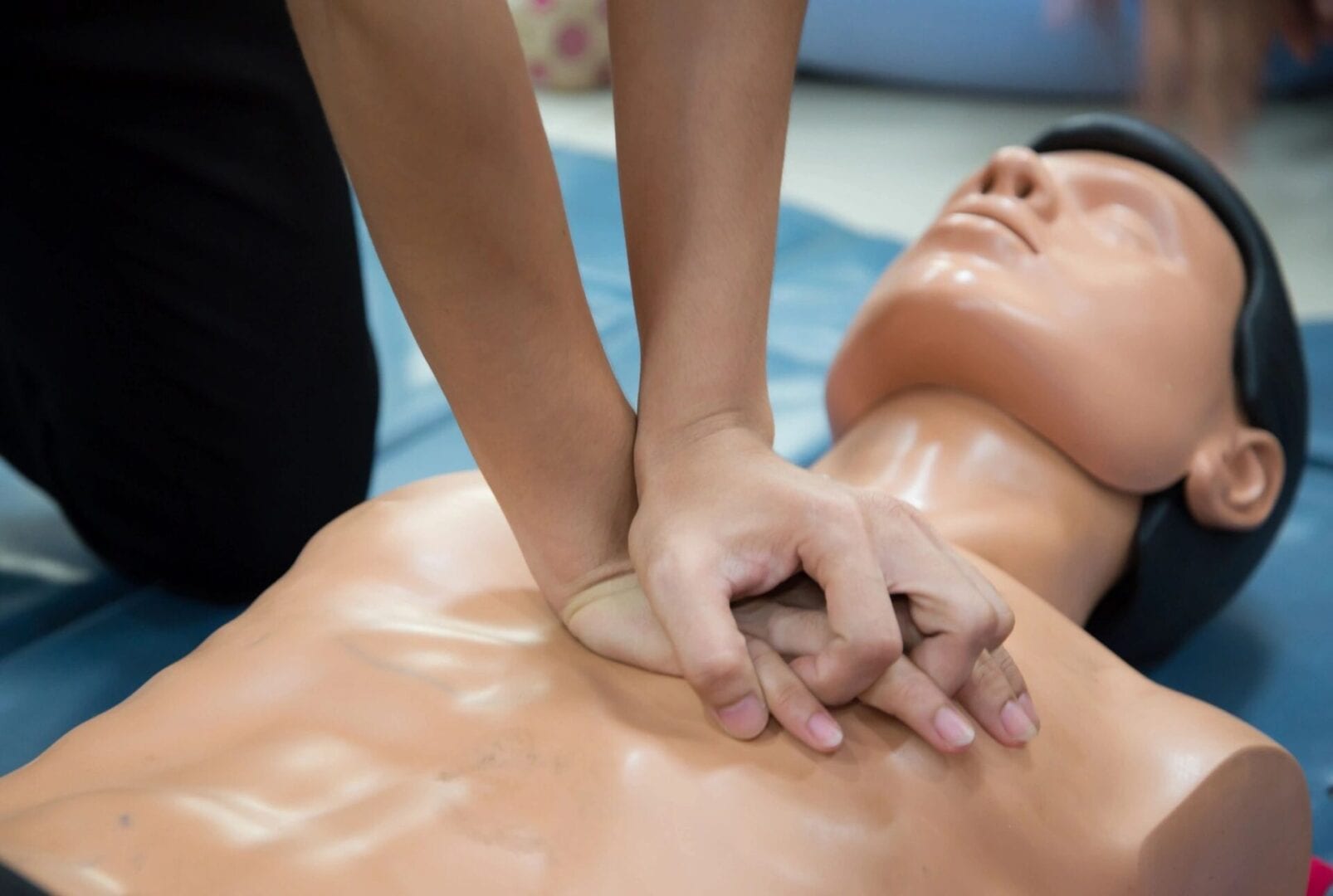

Digital Certificates
Training Centers must issue course completion cards within 20 days of successful course completion. Please contact your AHA Instructor or Training Center Coordinator if you have any questions about your card. If you cannot remember your Training Center or Instructor's information, visit our Lost Your AHA Completion Card page for more information.
Yes.
To check the validity of an AHA course completion card, contact the Training Center that issued the card. The Training Center’s information can be found on the back of the card. You can also check our Course Card Reference Guide.
Course completion cards are valid for two years through the end of the month during which the course completion card was issued. For more information, please refer to the Course Card Reference Guide. If you cannot remember your Training Center or Instructor's information, visit our Lost Your AHA Completion Card page for more information.
Contact an AHA Training Center near you to inquire about your options for renewing your course completion card. The Training Center will also be able to answer questions about class availability and cost. Or contact the Training Center that issued your previous card using the contact information on the back of the card. If you cannot remember your Training Center or Instructor's information, visit our Lost Your AHA Completion Card page for more information.
See information on how to find your lost card here.
Yes, AHA course completion cards are accepted in all US states.
The AHA does not require an Instructor to have a valid provider card. However, policies from different agencies or regulatory bodies may make this a requirement.
The Heart and Stroke Foundation of Canada (HSFC) works closely with the AHA. The HSFC provider card is recognized by the AHA and can be used for admission to an AHA provider course (renewal or update) or Instructor course in the same discipline. The HSFC Instructor card is recognized by AHA Training Centers the same way as an Instructor card issued by an AHA Training Center.
We suggest that you show your employer the AHA Course Card Reference Guide to see HSFC cards' pictures and read about our relationship.
Miscellaneous
Hands-Only CPR is CPR without mouth-to-mouth breaths. It is recommended for use by bystanders who see a teen or adult collapse in an “out-of-hospital” setting (such as at home, at work, or in a park). It consists of two easy steps:
- Call 9-1-1 (or send someone to do that).
- Push hard and fast in the chest center at a rate of 100-120 pushes per minute.
The AHA recommends that healthcare providers use conventional CPR with a combination of breaths and compressions. Conventional CPR should also be used for
- All infants (up to age 1)
- Children (up to puberty)
- Anyone found already unconscious and not breathing normally.
- Any victims of drowning, drug overdose, collapse due to breathing problems, or prolonged cardiac arrest.
The AHA does not endorse "cough CPR," a coughing procedure widely publicized on the Internet. As noted in the AHA Guidelines for CPR and ECC, “cough CPR” is not useful for unresponsive victims and should not be taught to lay rescuers. For more information, see the Cough CPR information page on Heart.org.
